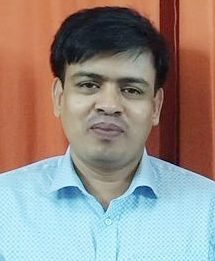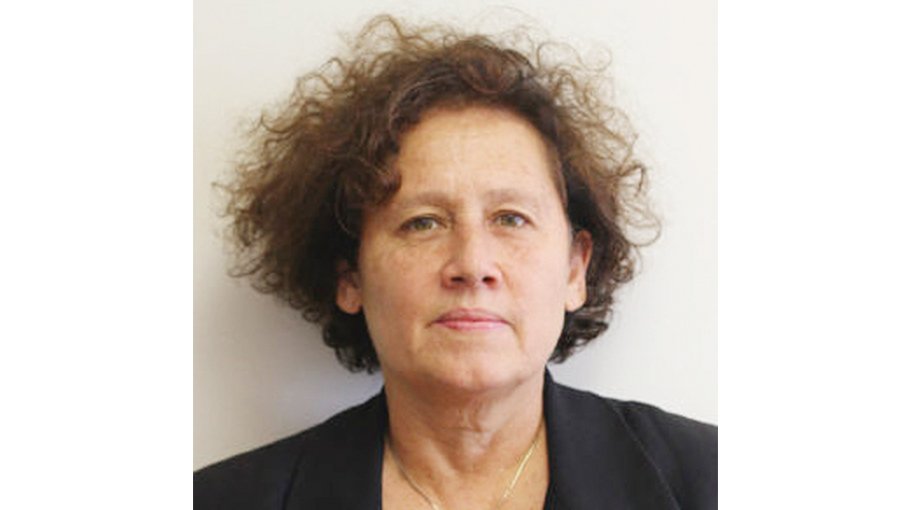Strategic communication for road safety will reduce fatalities
Global expert on public health communication speaks with The Bangladesh Post

Sandra Mullin is a global expert on public health communication. She talked to The Bangladesh Post about road safety during her visit to Dhaka. She spoke with this correspondent of The Bangladesh Post on Thursday.
Tragic death on roads has become a public health concern globally. Thousands of people die in road crashes every year, especially in low-and middle-income countries. Bangladesh has one of the highest rates of road crashes and fatalities in the world.
Road safety is a complex issue interconnected with factors such as road design- -creating easily accessible spaces for safe walking and crossing and easing traffic congestion -- laws to curb speeding, enforcement of these laws, and vehicle and helmet standards. The lack of many of these ingredients makes the roads dangerous for pedestrians. It contributes to many road crashes in Bangladesh, especially in highly populated cities like Dhaka.
In this context, we spoke with Sandra Mullin, senior vice president (policy advocacy and communication) at Vital Strategies, about the challenges in general and in particular about strategic communication that can reduce risky behaviors that contribute to road traffic injuries and death
“We are trying to make roads safer for vulnerable road users ---pedestrians, people who ride bicycles, people who walk across the street, persons with disabilities, everybody. Coupled with enforcement of laws, strategic communication can warn people of the risks they take and how to mitigate them,” she said in an exclusive interview with The Bangladesh Post.
Mullin leads a global team of communication experts working with national and city governments and civil society partners to implement engaging and impactful strategic communications campaigns to advocate for best practice policies and behavior change.
When asked about the importance of communication programmes for public health and the best approaches to integrate these, Mullin said that communication is also crucial for policy.
“Communication is central to public health for two main reasons: one is that communication can articulate and describe to the public the rationale for policies to enable us to be healthier ---seatbelts, helmets, and speed limits are examples of this. Another is that communication can also reach people with important messages about changing or adopting behaviors that can help them live a healthier life.”
In the Bangladesh context, Mullin said, “Here, communication plays a similar role in public health as it does worldwide. Our job is to get the right information to people because we must all contend with a great deal of incomplete or even misinformation. You will have to include different points of view in your stories,” she said. “But as a journalist, you referee facts and information. In some ways, you are the umpires of truth.”
She advocates using the term ‘road crash’ instead of ‘road accident, saying “what happens on the road is not an act of divine intervention ---which is what accident suggests. Instead, most crashes are fundamentally preventable and not accidental.”
She said, “We also need a more balanced way to discuss road crashes. There are several elements to consider, not just the vehicle operator alone. We need good data, more road signs, safer and more accessible crossings, sidewalks, traffic lights, enforcement, and so on.”
Asked for examples of effective road safety communication, she replied that there have been places where communication campaigns have contributed to reducing road crashes. “Bogota in Colombia and Addis Ababa in Ethiopia come to mind immediately,” she said. “We have also seen communication campaigns in Vietnam increase the number of motorcyclists wearing helmets.”
She made suggestions for ensuring sustainable communication programmes in countries like Bangladesh.
“Over 170 million people live in Bangladesh. Communication planning and budgeting should be central to public health programs' thinking. Two thoughts. First, follow the data and evidence in planning communication. Second, people or sources that are respected and informed should be used, and they can even tell resonant stories that bring an issue to life.”
“One of the challenges for journalists now is competition for stories that get high clicks, shares, and retweets,” she continued. “This drives a lot of journalism today, making it very attractive to do shocking stories that people will read or watch. Some of this is a result of social media. But if you want to be the umpire of truth, you have a duty, power, and authority to decide what is credible and worth including in your story so that people can make their own conclusions.”



